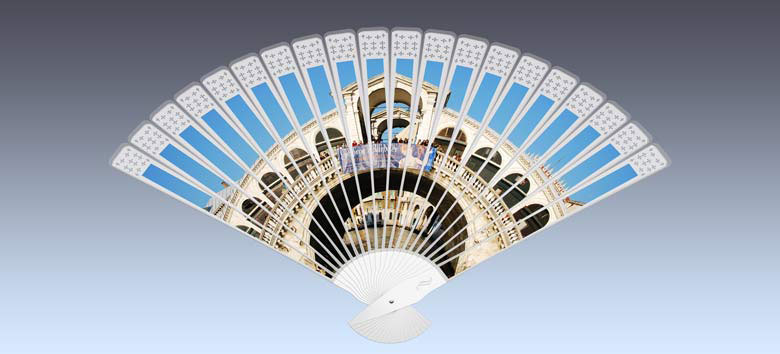Budapest, Day 4, Poroszló and Eger or Mr. Tooth looks for his roots, October 19, 2018
As far as we can tell, my (Alan) grandmother was born in Poroszló, Hungary, so we arranged for a guide (Gabriella Gonusz) to pick us up and take us to Poroszlów, about 140 kilometers from Budapest. We drove through rolling hills and hardwood forests much like the Western Pennsylvania where my grandparents settled in the US, eventually arriving at a small village with a population of about 3,000 and nearly surrounded by an artificial lake. On the way into town you pass fields with newly mown hay. All the crops are already harvested. This area produces grain.
There is a town hall, a couple of restaurants, and a resort type hotel which caters to tourists coming to fish or boat on the lake. There is a new aquarium with an observation tower, which we visited. It also have an 1884 village recreated and that timing would be perfect for my family’s life in Poroszló. They emigrated to the United States around 1890.
Then we went to the town hall to see if we could find any records of my family. No one knew anything or recognized the name Janavitz. Someone’s brother was the man who had the key to the gate at the Jewish part of the town cemetery, so we drove over to where he was working and picked him up. He let me into the very overgrown cemetery. The stones were in fair shape and there was a memorial to those killed at Auschwitz with names of those from the town who were exterminated. I didn’t recognize any of the names, which suggests that either the Janavitz clan all got out before the Nazis deported everyone, or they survived. No way to tell. We’ll try to get more information from the Jewish Historical society in Budapest. Since we don’t read Hebrew, we have no idea who is buried where.








 We then dropped the caretaker back at work and went to a nice little restaurant for lunch. The name of the restaurant was Aranyosdombi Udvarhaz, in case anyone needs a restaurant someday in Poroszló, Hungary. They were preparing for the 4-day national holiday commemorating the 1956 Revolution that was brutally suppressed by the Soviets. I had a fish soup with paprika and BJ had a bean soup, both of which were excellent. Gabriella, our guide, had suggested we order a main course also which proved to be very good but way too much food. I had a Gypsy roast (pork with a paprika gravy) which I need to learn to make, and BJ had meat and cheese pillows which were breaded and fried. They were also quite good. We saved the leftovers, an advantage of staying in an apartment.
We then dropped the caretaker back at work and went to a nice little restaurant for lunch. The name of the restaurant was Aranyosdombi Udvarhaz, in case anyone needs a restaurant someday in Poroszló, Hungary. They were preparing for the 4-day national holiday commemorating the 1956 Revolution that was brutally suppressed by the Soviets. I had a fish soup with paprika and BJ had a bean soup, both of which were excellent. Gabriella, our guide, had suggested we order a main course also which proved to be very good but way too much food. I had a Gypsy roast (pork with a paprika gravy) which I need to learn to make, and BJ had meat and cheese pillows which were breaded and fried. They were also quite good. We saved the leftovers, an advantage of staying in an apartment.
After lunch, we headed off to Eger in the wine producing region nearby. Eger is a city of about 54,000. Its wines are becoming famous, but it is also known for its fortress, Egri castle which successfully resisted a siege by the Ottoman Turks in 1552. In 1596 the town was surrendered to the Turks who remained in occupation until 1687 when the Turks failed to capture Vienna and retreated back to Asia Minor. The castle has been rebuilt and is a very impressive construction.











 Then we headed to the Valley of Beautiful Women where many local small vineyards have tasting rooms. It is a lot like the wine ghetto area of Lompoc, Ca., where many vineyards have adjoining tasting rooms. We tried a white which we bought and a glass of the Bull’s Blood wine Egri Bikaver, which was good but which we didn’t purchase.
Then we headed to the Valley of Beautiful Women where many local small vineyards have tasting rooms. It is a lot like the wine ghetto area of Lompoc, Ca., where many vineyards have adjoining tasting rooms. We tried a white which we bought and a glass of the Bull’s Blood wine Egri Bikaver, which was good but which we didn’t purchase.
After an hour and a half drive back to Budapest, we reheated our potato soup from yesterday’s cooking class and had it and bread for dinner.
Tomorrow we meet our landlord, John, and go to the flea market.































